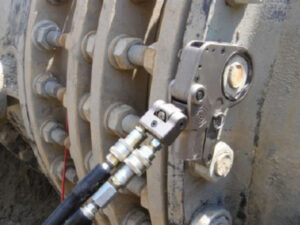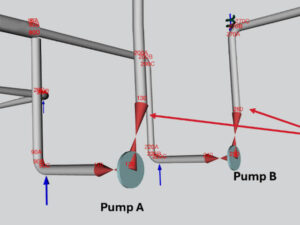Note: The following article was published in the March/April 2021 issue of the Inspectioneering Journal. Please submit the form below to access the full article.
One source suggests that 10-15% of piping failures are a result of fatigue from vibration. Piping vibration can be caused by multiple different mechanisms such as flow-induced turbulence, slug flow, mechanical excitation from machinery, and acoustic pulsation. These mechanisms are often observed by plant operators since they present themselves during normal operation. On the other hand, acoustic-induced vibration (AIV) in pressure relief lines and downstream of control valves used for blow-down (BDV) is difficult to identify since the vibration is not readily observable unless the valves are opened.
Often downstream of a pressure-reducing device (PRD), AIV occurs in gas systems when acoustic waves generated at flow restrictions excite natural modes of the piping, thus leading to vibration. AIV is different from most types of piping vibration because it generally occurs at much higher frequencies (300-1,500 Hz) and is the result of shell mode excitation. For this reason, AIV is typically not visible to the human eye but is noticeable by touch and transmits high-frequency audible noise outside the piping to the surrounding areas. The occasionality, combined with the high-frequency, low-amplitude vibration, allows AIV to usually go unnoticed until the vibration is heard, the pipe is touched, or a failure occurs.
To continue reading the article, submit the form below:





